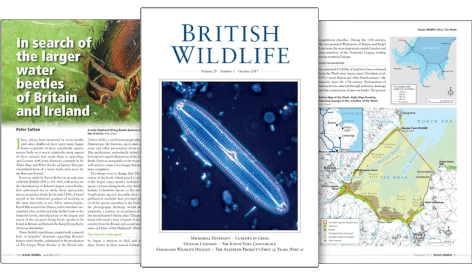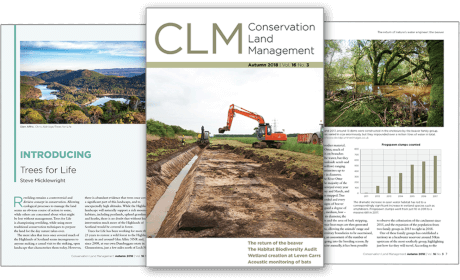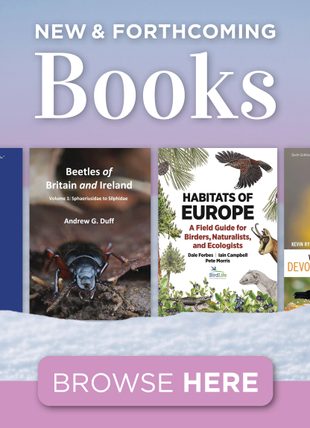By: Philip A Clarke(Author), John J Bradley(Foreword By)
364 pages, 32 plates with colour photos and colour illustrations; b/w photos, b/w illustrations
![Aboriginal Peoples and Birds in Australia Aboriginal Peoples and Birds in Australia]()
Click to have a closer look
About this book
Contents
Customer reviews
Biography
Related titles
About this book
Australia is home to many distinctive species of birds, and Aboriginal peoples have developed close alliances with them over the millennia of their custodianship of this country. Aboriginal Peoples and Birds in Australia: Historical and Cultural Relationships provides a review of the broad physical, historical and cultural relationships that Aboriginal people have had with the Australian avifauna.
This book aims to raise awareness of the alternative bodies of ornithological knowledge that reside outside of Western science. It describes the role of birds as totemic ancestors and spirit beings, and explores Aboriginal bird nomenclature, foraging techniques and the use of avian materials to make food, medicine and artefacts. Through a historical perspective, this book examines the gaps between knowledge systems of Indigenous peoples and Western science, to encourage greater collaboration and acknowledgment in the future.
Contents
Foreword
Prologue
Acknowledgments
Cultural sensitivity warning
Chapter 1. Introduction
Chapter 2. Birds as ancestors
Chapter 3. Birds as creators
Chapter 4. Birds and the spirit world
Chapter 5. Bird nomenclature
Chapter 6. Early hunting and gathering
Chapter 7. Birds working with people
Colour plates
Chapter 8. Food and medicine from birds
Chapter 9. Material culture
Chapter 10. Conclusion
References
Index
Customer Reviews
Biography
Philip A. Clarke is a consultant anthropologist working in native title and Aboriginal heritage. With an academic background in both science and anthropology, his research interests are focused on the ethnosciences, in particular Australian ethnobiology and ethnoastronomy. He is also the co-author of Aboriginal Biocultural Knowledge in South-Eastern Australia.
By: Philip A Clarke(Author), John J Bradley(Foreword By)
364 pages, 32 plates with colour photos and colour illustrations; b/w photos, b/w illustrations
"Since the dawn of time our people have had a spiritual, environmental and cultural connection to all birds and their habitats. Whether it be through our Ngartji [ngaitji] system which defines our roles and responsibilities of caring for Country and all in it, our storylines and songlines, as a food source, as a material source or as a transmitter of messages – birds are and have always been a part of our daily rituals and wellbeing. This book encompasses all that is our connection to Country and self."
– Mark Koolmatrie, Ngarrindjeri Elder (from the prologue)
"While there are complexities around Indigenous knowledge and its documentation, this book is an important contribution to our understanding of Indigenous peoples and their relationships with Australian birds."
– Dr John J. Bradley, Associate Professor, Acting Head Monash Indigenous Studies Centre, Monash University, Victoria (from the foreword)
"With its exploration of Indigenous knowledge of birds, this book should help inform future research in ornithology, anthropology and ethnoscience, and will be of interest to everyone who has an interest in the Australian landscape, ecology and it's avian inhabitants."
– Wildlife Health Australia
"I found the book to be an excellent piece of work. The author writes very clearly. He provides quotations from the literature of diverse disciplines, not only anthropology and ethnobiology, to substantiate and illustrate the points he is making. He also refers in some detail (and very usefully) to insights that he gained from his own anthropological fieldwork over the decades"
– David McDonald, Canberra Bird Notes 48(1) (2023): 59-62, July 2023
"This book is a valuable synthesis of the ethno-ornithology of Aboriginal Australia"
– Daniel A Villar, Journal of Anthropological Society of Oxford, 2023
"This is a very welcome publication. Anthropologist Philip Clarke has produced a wide-ranging survey of the historical and cultural relationships between Australia's aboriginal peoples and its distinctive avifauna."
– Jeremy Mynott, Association of Field Ornithologists Book Review


































